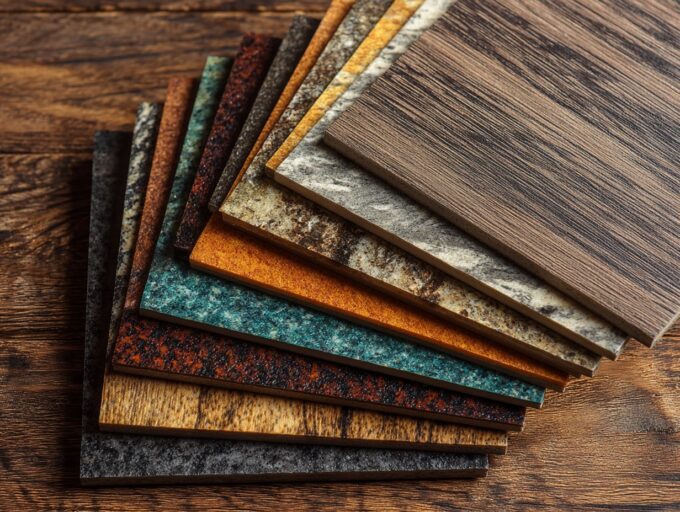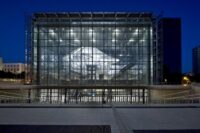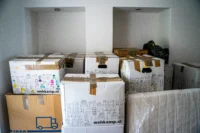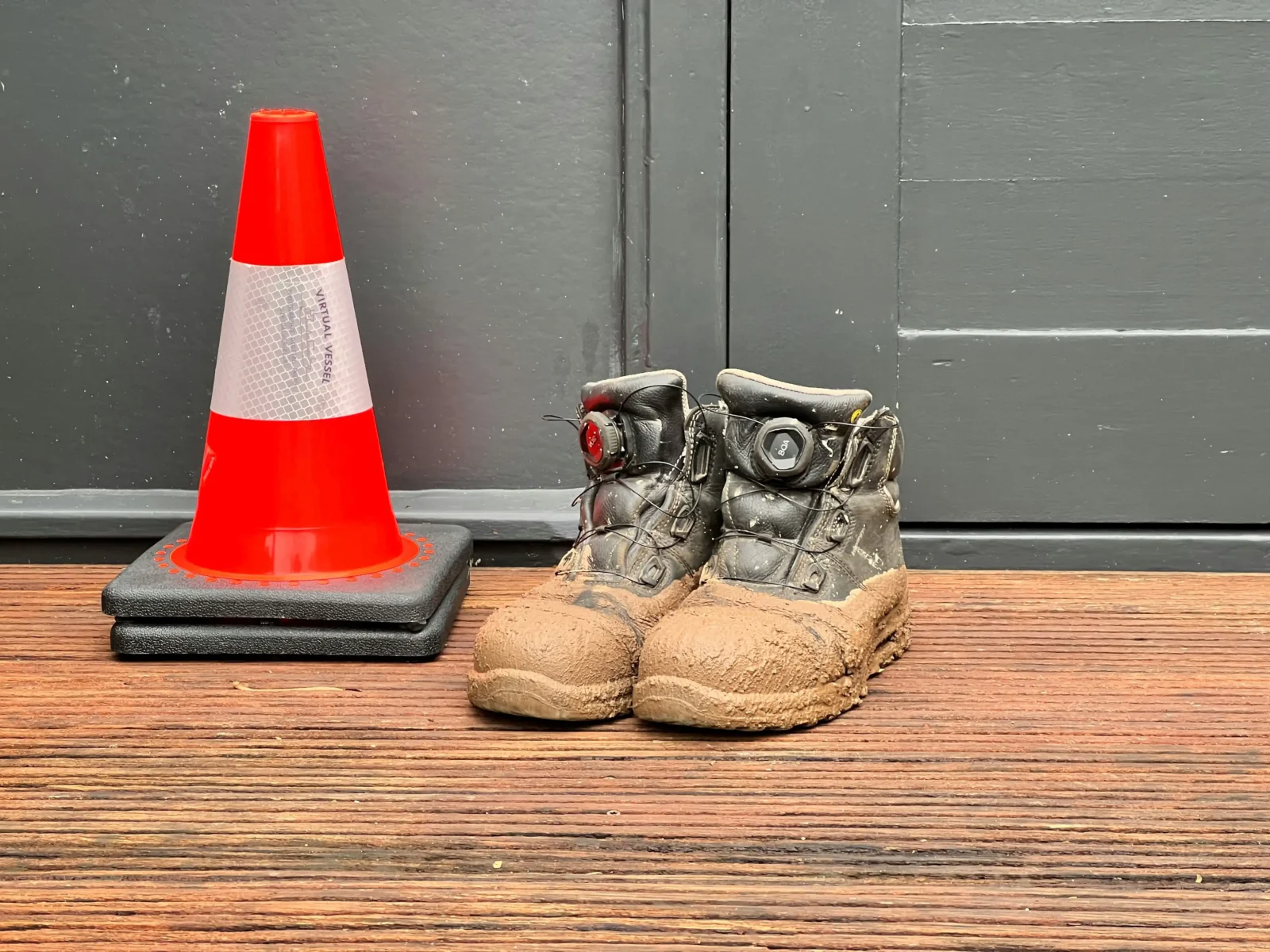- Home
- Articles
- Architectural Portfolio
- Architectral Presentation
- Inspirational Stories
- Architecture News
- Visualization
- BIM Industry
- Facade Design
- Parametric Design
- Career
- Landscape Architecture
- Construction
- Artificial Intelligence
- Sketching
- Design Softwares
- Diagrams
- Writing
- Architectural Tips
- Sustainability
- Courses
- Concept
- Technology
- History & Heritage
- Future of Architecture
- Guides & How-To
- Art & Culture
- Projects
- Interior Design
- Competitions
- Jobs
- Store
- Tools
- More
- Home
- Articles
- Architectural Portfolio
- Architectral Presentation
- Inspirational Stories
- Architecture News
- Visualization
- BIM Industry
- Facade Design
- Parametric Design
- Career
- Landscape Architecture
- Construction
- Artificial Intelligence
- Sketching
- Design Softwares
- Diagrams
- Writing
- Architectural Tips
- Sustainability
- Courses
- Concept
- Technology
- History & Heritage
- Future of Architecture
- Guides & How-To
- Art & Culture
- Projects
- Interior Design
- Competitions
- Jobs
- Store
- Tools
- More
Exploring Different Siding Options: Which Style is Right for You?

Choosing the right siding for your home is more than just a cosmetic decision; it’s a major investment in your property’s long-term durability, energy efficiency, and overall value. With so many options on the market today, each with its unique aesthetic, maintenance needs, and price points, it can be overwhelming to determine which type of siding best suits your home and lifestyle. Whether you’re building a new house or upgrading your current exterior, understanding the pros and cons of each siding material is key to making an informed decision. From classic wood to innovative fiber cement, this article will walk you through some popular siding choices and what makes them stand out, helping you find the perfect match for your home’s needs and character.
Table of Contents
ToggleVinyl Siding
Vinyl siding remains one of the most popular options for homeowners, thanks to its affordability and low maintenance requirements. Made from durable PVC, vinyl siding resists moisture, pests, and fading from UV exposure, making it ideal for various climates. It’s available in an array of colors and styles, including options that mimic the look of wood grain or shake siding, giving homeowners the flexibility to customize their home’s appearance without the high costs of natural materials, experts from KV Construction explain. Perhaps its greatest appeal lies in its minimal upkeep—an occasional rinse with a hose is usually all it takes to keep vinyl looking fresh. However, vinyl can crack or warp in extreme temperatures, and while repairs are possible, they can be difficult to match perfectly with the existing panels.

Wood Siding
For those seeking a classic, rustic, or high-end look, wood siding offers unparalleled charm and curb appeal. Materials like cedar, redwood, and pine can be shaped into shingles, clapboards, or board-and-batten styles, creating a warm, natural aesthetic that many homeowners love. Wood is also a renewable resource, which makes it an environmentally friendly option when sourced responsibly. However, its beauty comes with higher maintenance demands—it must be regularly sealed, stained, or painted to protect against moisture, pests, and rot. Despite these upkeep needs, many people consider wood siding worth the effort due to its authenticity and the ability to refinish or repaint it for a completely new look over time.
Fiber Cement Siding
Fiber cement siding is a strong contender for homeowners looking for a balance of durability and visual appeal. Composed of a mix of cement, sand, and cellulose fibers, it is engineered to withstand harsh weather, fire, and pests. One of its key advantages is its ability to mimic other materials like wood or stucco while offering significantly lower maintenance. Fiber cement won’t rot, warp, or crack easily, and it holds paint well, reducing the frequency of repainting. Brands like James Hardie have popularized this siding due to its long lifespan and wide range of design choices. The main drawback is its higher installation cost and weight, which requires skilled labor and more robust structural support.
Engineered Wood Siding
Engineered wood siding provides the look and feel of traditional wood but with greater durability and less maintenance. Created from wood strands or fibers bonded with resins and compressed for strength, it is designed to resist moisture, insects, and fungal decay. This modern take on wood siding is typically pre-primed and may come with factory-applied finishes, which reduces the need for immediate painting or staining. Engineered wood is also lighter than fiber cement, making it easier and less expensive to install. It strikes a good balance between authenticity and practicality, though homeowners should be mindful of manufacturer warranties and ensure proper installation to prevent moisture intrusion at seams or joints.

Metal Siding
Metal siding, typically made from aluminum or steel, is gaining popularity in both residential and commercial applications for its sleek, modern appearance and superior durability. Resistant to fire, pests, and rot, metal siding performs well in extreme weather and is especially valued in regions prone to wildfires or heavy storms. Aluminum is lightweight and resistant to rust, making it ideal for coastal areas, while steel offers increased strength for harsh environments. Modern metal siding comes in a variety of textures and colors, offering more design flexibility than many assume. The downside is that metal can dent on impact and may require touch-ups to prevent corrosion if the protective finish is compromised. Additionally, it’s often more expensive upfront than other materials.
Ultimately, the right siding for your home depends on a variety of factors, including your local climate, architectural style, maintenance preferences, and budget. Each material offers distinct benefits and trade-offs, so it’s important to weigh your priorities before making a decision. Whether you’re drawn to the timeless charm of wood, the resilience of fiber cement, or the modern look of metal, investing in the right siding will not only enhance your home’s exterior but also protect it for years to come. Take the time to explore your options and consult with a trusted contractor to ensure your choice adds lasting value and beauty to your property.
Submit your architectural projects
Follow these steps for submission your project. Submission FormLatest Posts
Understanding Site Safety Footwear in Architectural Practice
Architecture is often discussed through drawings, models, and finished buildings, yet a...
General Arrangement Drawings in Architecture: The Backbone of Clear Design Communication
General Arrangement Drawings explained: what they are, when to use them, how...
The Ultimate Guide to Fencing in North Dakota: Choosing the Best Fence for Your Property
Watching a chain link fence twist in 70 mph winds near Minot...
Gaudí: Where Architecture Meets Science
Gaudí: Where Architecture Meets Science shows catenary arches, ruled surfaces, and biomimicry...












Leave a comment